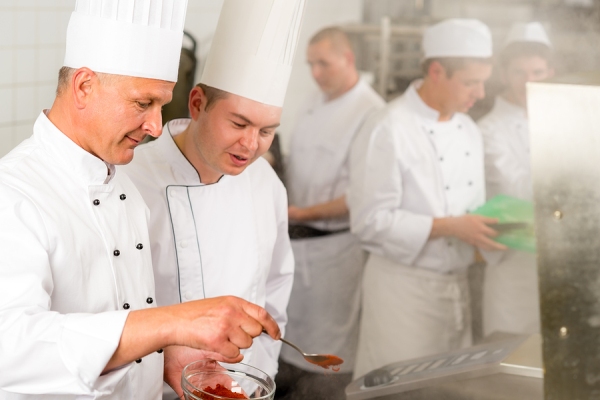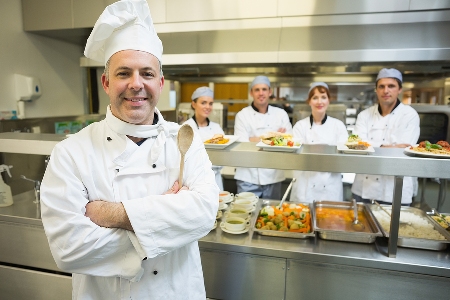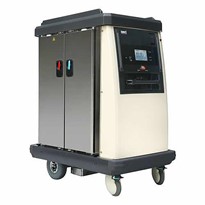Using blast chilling as part of a process is commonly known as 'cook/chill.' This optimises the management of a kitchen's resources and streamlines operations. It is widely used in large production kitchens like hospitals, institutions, function centres and hotels. Because of the development of blast chilling technology, 'cook/chill' is slowly replacing the process of cooking and holding food warm before service, which can often leave meals overcooked or worse, cold.
Blast chilling makes operations more efficient as chefs can cook large volumes of meals in advance or when convenient, reducing kitchen downtime. No matter what time meals are cooked, when they are blast chilled they can then be stored in a coolroom ready for service at a later time.
'Cook/chill' also optimises labour resources in the kitchen. Take for example a hospital. Meals for breakfast, lunch and dinner can be cooked regardless of the time of day, chilled and ready for the respective service.
This may mean fewer kitchen staff will be required late at night or early mornings. For events at hotels or function centres, dishes for a large number of guests can be plated up well in advance and stored in the coolroom. At the event, all the guests can be fed in a short time frame leaving chefs to focus on presentation and fewer chefs required for cooking.
Regardless of the scale of operations, preparing dishes in advance and cooking outside busy times is a better use of any kitchen resources. To have dishes like curries or casseroles, a tray full of schnitzels, even a medley of roast vegetables chilled and ready for the next day's service is a smarter way to operate.
Avoiding food deterioration with blast chilling

But in order to do this, a blast chiller is needed. Aside from all the efficiencies created, you still want to present quality food and don't want to risk making your diners sick. Food left to cool slowly, where it remains for long periods between +65C and +10C deteriorates in quality and increases the risk of harmful bacteria developing – the danger zone! A blast chiller like those from Tecnomac rapidly lowers the temperature of food down to +3C in less than 90 minutes which reduces the risk of bacteria proliferation.
Blast chilling immediately stops the cooking process of the food so that it retains its quality, texture, colour and nutrients. It preserves the cooked food so that it can be stored in a coolroom. When it's served to diners, it will present exactly as the chef prepared it.
Available in a range of sizes from a 5 tray to walk in models, there are blast chillers to suit any sized operation.
Before service, the chilled food needs to be brought back to temperature (usually above 65C) using a process known as rethermalisation – where food is not cooked further; more just the internal temperature is raised to safe levels. This can be done in a conventional oven, but if there's a RATIONAL in the kitchen, it's even easier. Many RATIONAL units have a finishing program that is designed specifically for re-thermalising the food back to a serving temperature using a mixture of steam and dry heat.
By combining blast chilling with finishing, ten or 1000 diners can enjoy hot dishes exactly as the chef had prepared them earlier. Suddenly a kitchen becomes a smart kitchen optimising resources and streamlining operations.



